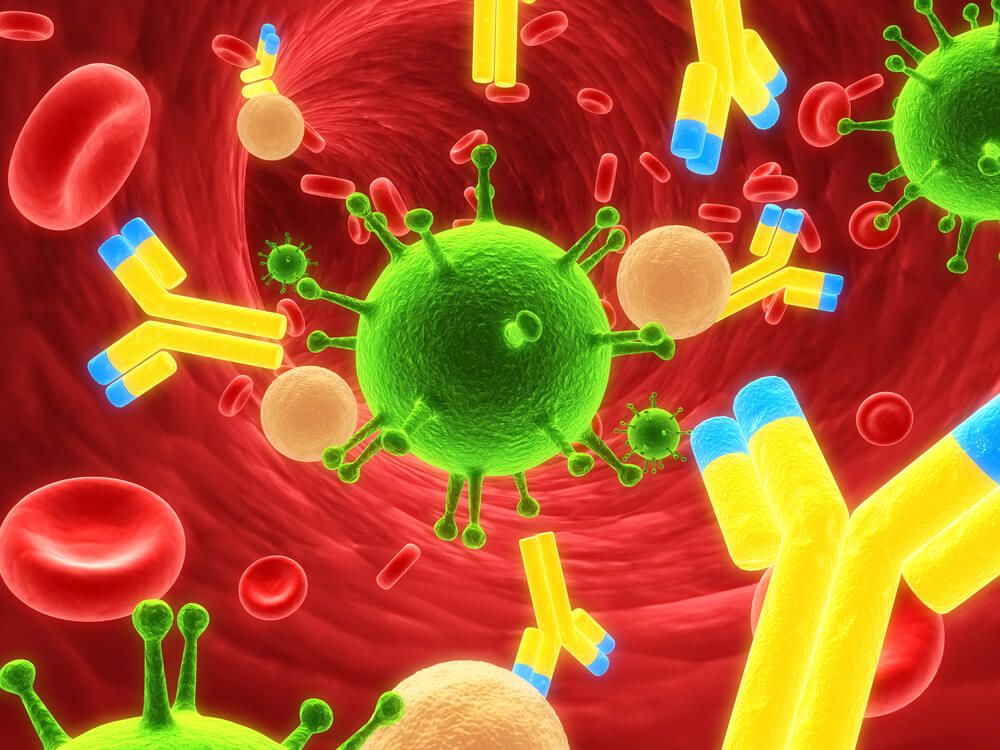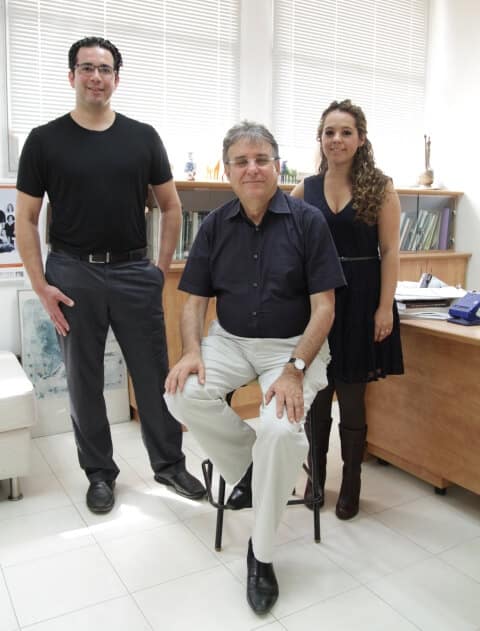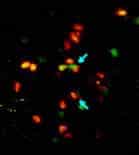A team of researchers, led by Weizmann Institute of Science scientists, recently succeeded in creating a certain level of immune tolerance using natural immune cells called "veto cells". These cells exercise veto power to protect themselves: when they are attacked by the cells of the transplanted person, they launch a preemptive attack and destroy the attackers.

Tolerance pays off. So, for example, if we could convince the immune system to be tolerant towards foreign tissues instead of mercilessly rejecting them, it would be possible to treat a variety of blood diseases through a bone marrow transplant. With the help of immune tolerance, it would be possible to perform such transplants even in humans who are now defined as too weak to receive them. In addition, this type of tolerance may make it much easier for patients in whom kidneys, liver and other organs are transplanted.
A team of researchers, led by Weizmann Institute of Science scientists, recently succeeded in creating a certain level of immune tolerance using natural immune cells called "veto cells". These cells exercise veto power to protect themselves: when they are attacked by the cells of the transplanted person, they launch a preemptive attack and destroy the attackers.
The head of the research group, Prof. Yair Reisner from the Department of Immunology at the Weizmann Institute of Science, has been researching veto cells for about a decade, especially the CD8 + immune T cells. These cells have the highest veto capacity, but they may cause a complication called graft-versus-graft disease, in which the graft attacks the transplanted body. Prof. Reisner's group was able to find a way around this problem using milder CD8+ veto cells. In the new study, which was published in the scientific journal Blood, Prof. Reisner and his colleagues report that they succeeded in preparing the ground for the use of veto cells in humans. In the editorial, the newspaper announces that the research has discovered the conditions "in which it will be possible to finally implement the promise of veto cells in cell therapy."
Indeed, in the study, the scientists discovered the exact location where the veto cells carry out their protective activity: in the lymph nodes. The scientists also discovered the mechanism of cell activity. It turns out that they exercise their right of veto as soon as the T-cells of the transplanted person, which constantly scan the body in search of foreign invaders, recognize the newly transplanted cells and attach themselves to them. That's when the veto cells go into their preventive action: they release available toxins and kill their attackers - who need more time to prepare their own toxins. These details were discovered during a study carried out in collaboration with the laboratory of Dr. Guy Shahar from the same department, which was done using an innovative two-photon microscope, which allows tracking individual immune cells in the body of a live mouse in real time.
In addition, the scientists discovered how to make sure that veto cells do reach their destination: before transplantation, they must be grown in culture with the help of a biological substance called interleukin-15, which preserves the receptors that lead the cells to the lymph nodes.

In the present study, the veto cells did successfully destroy the T cells of the transplant, which are largely responsible for the rejection of the transplant. As a result, white mice "tolerated" a skin graft from a black mouse. Usually, to perform a skin transplant of this type requires extreme suppression of the transplant recipient's immune system through drugs and radiation, to prevent rejection. Thanks to the immune tolerance conferred by the veto cells, the white mice did not reject the black patches, even though their immune systems were only partially suppressed. Of course, more research is needed to determine whether this approach will be as effective in humans as it is in mice.
A large and important part of this research, which was done in Prof. Reisner's laboratory, was contributed by (then) research student Dr. Eran Ofir and research student Naga Or-Geva. Dr. Ofir and Dr. Yaki Edelstein (as part of his doctoral thesis) jointly contributed to a previous study in Prof. Reisner's laboratory, which was published in the journal Blood in 2010, in which the scientists developed the principles of using veto cells in mice in a more artificial system, which simulates transplant rejection Bone marrow.
Currently, bone marrow transplants are performed only for the purpose of curing fatal diseases, because the transplants themselves are life-threatening. The greatest danger is infection, as a result of the suppression of the immune system carried out in preparation for the transplant. But if the suppression is only partial, as was done in the current study, it will be possible to perform transplants even in non-fatal diseases, such as thalassemia and sickle cell anemia.

Also, it will be possible to perform transplants in patients who today cannot receive this treatment, because they are too weak to withstand massive suppression of the immune system - such as elderly patients with leukemia or lymphoma. Furthermore, the researchers' success in transplanting foreign skin tissue shows that veto cells may also create tolerance towards transplanting kidneys or other organs, which will prevent the need for continuous suppression of the transplant recipient's immune system.

One response
It's accurate honey to write kidney transplant and not kidney transplant.
Usually a single kidney is transplanted and even that is very, very difficult to achieve.
Good luck applying the results delete.